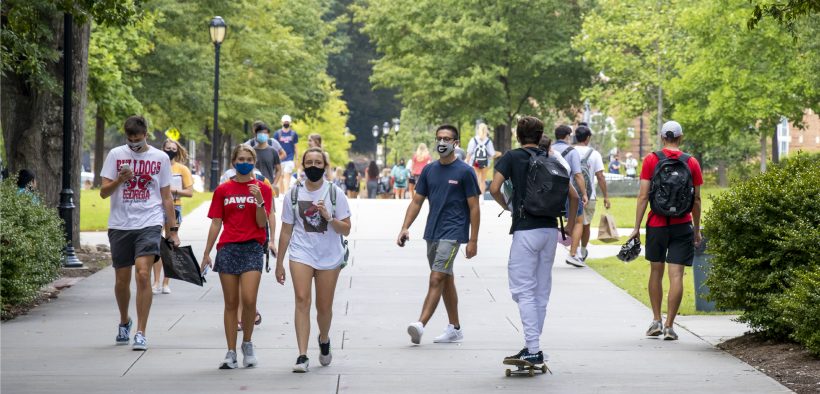We’re in another academic year that’s got us navigating uncharted waters. Most of us are back on campus and in the classroom. What’s happening at our institutions varies widely: mandates for testing, masks, vaccines—all three, some, or none. To what extent the policies are being enforced depends on the place. More predictable are the front lines where faculty find themselves, and that’s not an easy place to be. Comments like this one appear regularly on social media: “I taught 135 students today. The two rooms were packed with no open seats. Only about 40 students had masks. When I described why I am wearing a mask and having virtual office hours (1 year old at home, his grandpa doing chemo treatment), I got eye rolls and dramatic sighs.”
Figuring It Out Once Again

Related Articles
I have two loves: teaching and learning. Although I love them for different reasons, I’ve been passionate about...
Active learning is a mostly meaningless educational buzzword. It’s a feel-good, intuitively popular term that indicates concern for...
Perhaps the earliest introduction a student has with a course is the syllabus as it’s generally the first...
Generative AI allows instructors to create interactive, self-directed review activities for their courses. The beauty of these activities...
I’ve often felt that a teacher’s life is suspended, Janus-like, between past experiences and future hopes; it’s only...
I teach first-year writing at a small liberal arts college, and on the first day of class, I...
Proponents of rubrics champion them as a means of ensuring consistency in grading, not only between students within...







